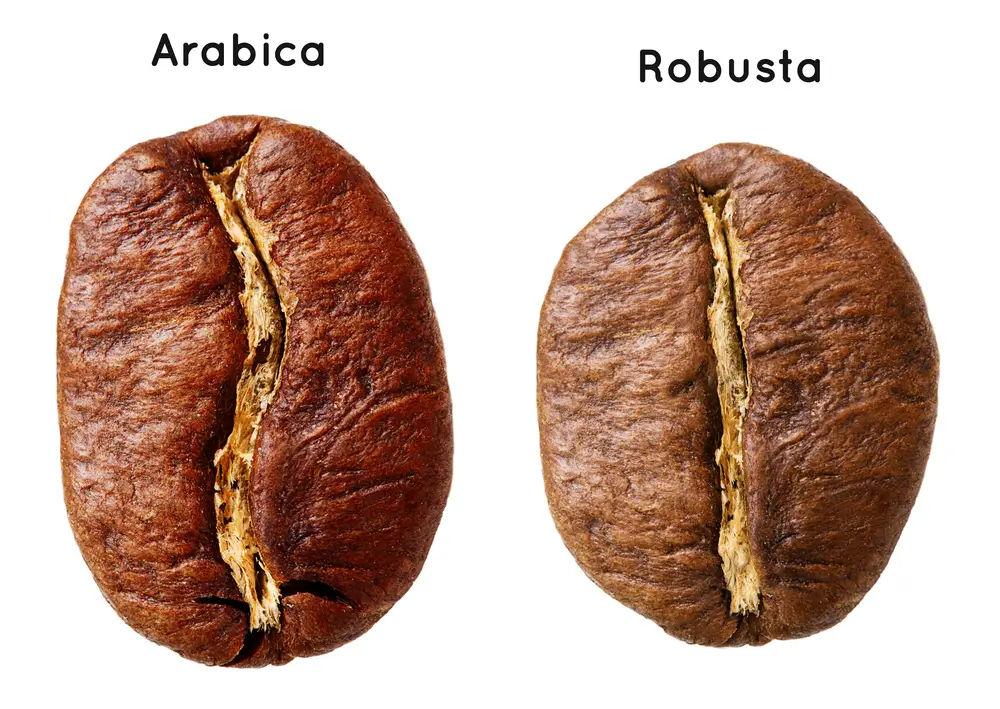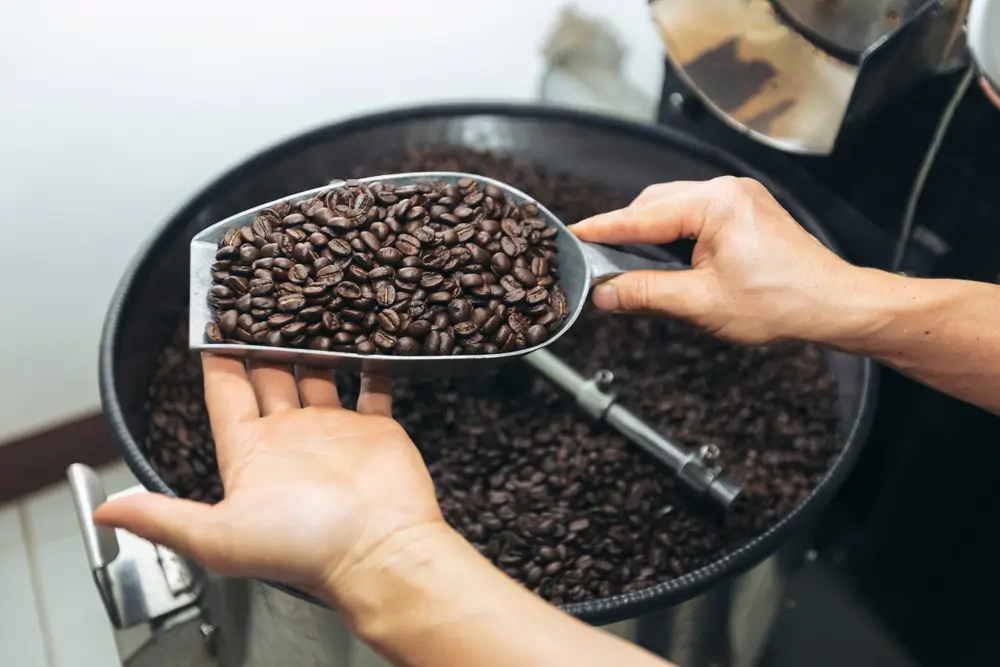Welcome to the world of coffee roasting, where the magic happens to transform green coffee beans into the aromatic and flavorful brew we all love. Whether you’re a coffee aficionado or just starting your journey into the world of coffee, understanding the basics of roasting is essential. In this guide, we’ll explore the fundamentals of coffee roasting in a way that’s both informative and approachable.
Key Takeaways
- Select high-quality green coffee beans based on origin and processing method.
- Choose an appropriate roasting method, such as a home roaster or skillet.
- Monitor the roast closely, adjusting temperature and airflow for desired results.
- Cool beans quickly after roasting, then let them rest for flavor development.
Understanding Coffee Roasting
Before we dive into the roasting process, let’s address some common questions and concerns about coffee roasting:
- What is coffee roasting, and why is it important?
- Coffee roasting is the process of applying heat to green coffee beans to develop their flavor, aroma, and color. Roasting is crucial as it unlocks the complex flavors and compounds present in the beans, resulting in the rich and nuanced taste we associate with coffee.
- What factors influence the flavor of roasted coffee?
- Several factors, including roasting time, temperature, and airflow, influence the flavor profile of roasted coffee. Additionally, the origin and quality of the green coffee beans play a significant role in determining the final taste and aroma of the brewed coffee.
- How does the roasting process affect caffeine content?
- Contrary to popular belief, the roasting process does not significantly affect the caffeine content of coffee beans. While lighter roasts may retain slightly more caffeine than darker roasts, the difference is minimal and does not significantly impact the overall caffeine content of brewed coffee.
The Basics of Coffee Roasting
Now, let’s explore the key steps involved in the coffee roasting process:
- Green Coffee Beans Selection
- Quality coffee roasting starts with selecting high-quality green coffee beans sourced from reputable suppliers. Consider factors such as origin, variety, and processing method when choosing your beans.
- Roasting Equipment Setup
- Ensure your roasting equipment, whether it’s a home roaster or a commercial roasting machine, is properly calibrated and cleaned before each roasting session. This ensures consistent and even roasting of the beans.
- Roasting Profiles and Parameters
- Experiment with different roasting profiles and parameters, including temperature, time, and airflow, to achieve your desired roast level and flavor profile. Keep detailed records of your roasting experiments to track results and make adjustments accordingly.
- Monitoring the Roasting Process
- During the roasting process, monitor the beans closely using all your senses. Pay attention to the color, aroma, and sound of the beans as they roast, adjusting the heat and airflow as needed to achieve the desired roast level.
- Cooling and Resting
- After roasting, immediately transfer the beans to a cooling tray or colander to stop the roasting process and prevent overcooking. Allow the beans to cool completely before packaging or brewing to ensure optimal flavor development.
Conclusion
Coffee roasting is both an art and a science, requiring careful attention to detail and experimentation to achieve the perfect roast. By understanding the fundamentals of coffee roasting and experimenting with different techniques, you can unlock the full potential of your beans and enjoy a truly exceptional cup of coffee.
Explore all of our coffee recipes here.


